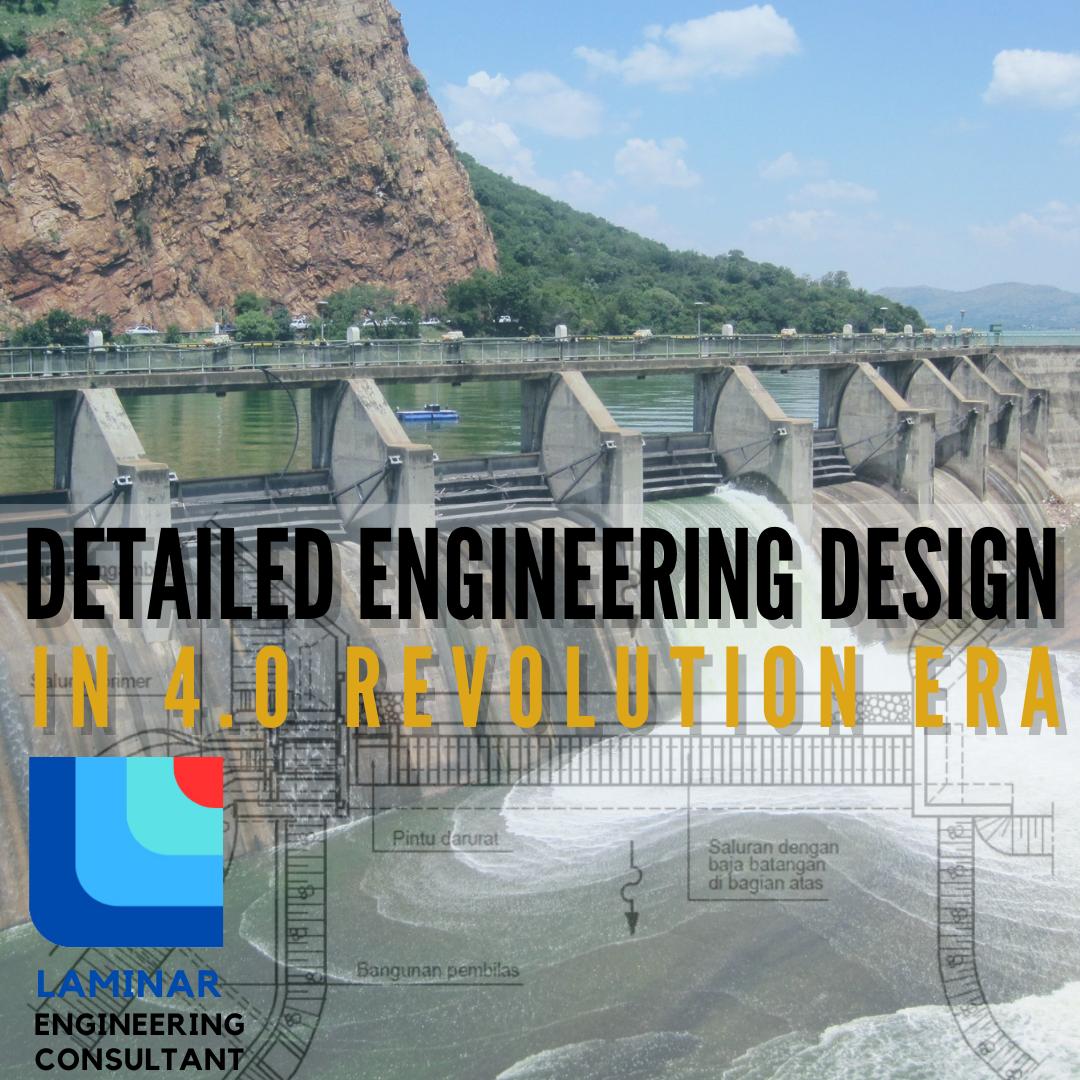Laminar has long emphasized the importance of competence in Detailed Engineering Design (DED). This activity is a stage in the project development cycle where the technical details of the design are worked out in depth. DED is typically carried out after the conceptual planning and preliminary design stages have been completed.
During the DED phase, conceptual designs are translated into detailed technical specifications that encompass all aspects of the project to be executed. This includes dimensions, materials to be used, tolerances, construction or manufacturing methods, individual components, structured calculations, and other necessary details to ensure the project’s success.
Entering the era of the fourth industrial revolution, where all business sectors are required to digitize, Detailed Engineering Design (DED) has undergone significant transformation due to the extensive use of digital information technology and automation. Technologies such as 3D modeling, simulation, and computer analysis have become more common. This helps engineers create more complex designs and thoroughly understand their impacts before implementation. Good collaboration and communication are also established between the design team and various stakeholders through digital platforms and online collaboration tools. This makes the DED process more efficient and responsive to input from various sources. Additionally, engineers can easily implement automation in DED to speed up the design process and reduce human error. Examples include the use of generative algorithms to produce alternative designs and the preparation of technical documents.
Integration with production is also impacted by the fourth industrial revolution through the concepts of Design for Manufacture (DFM) and Design for Assembly (DFA), maximizing designs that are easier to manufacture and assemble with high efficiency. Finally, the increasing use of sensors and the Internet of Things (IoT) in DED allows for real-time project performance control and design improvement based on data obtained from project implementation in the field.

